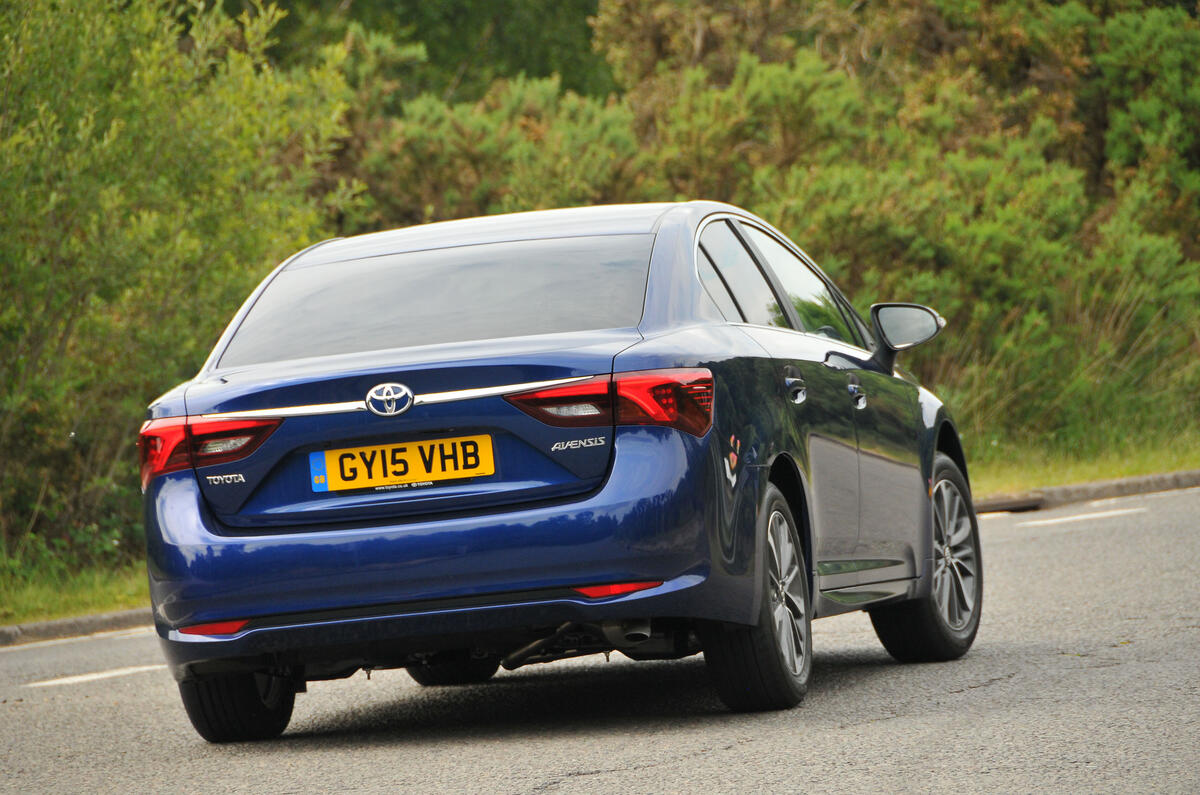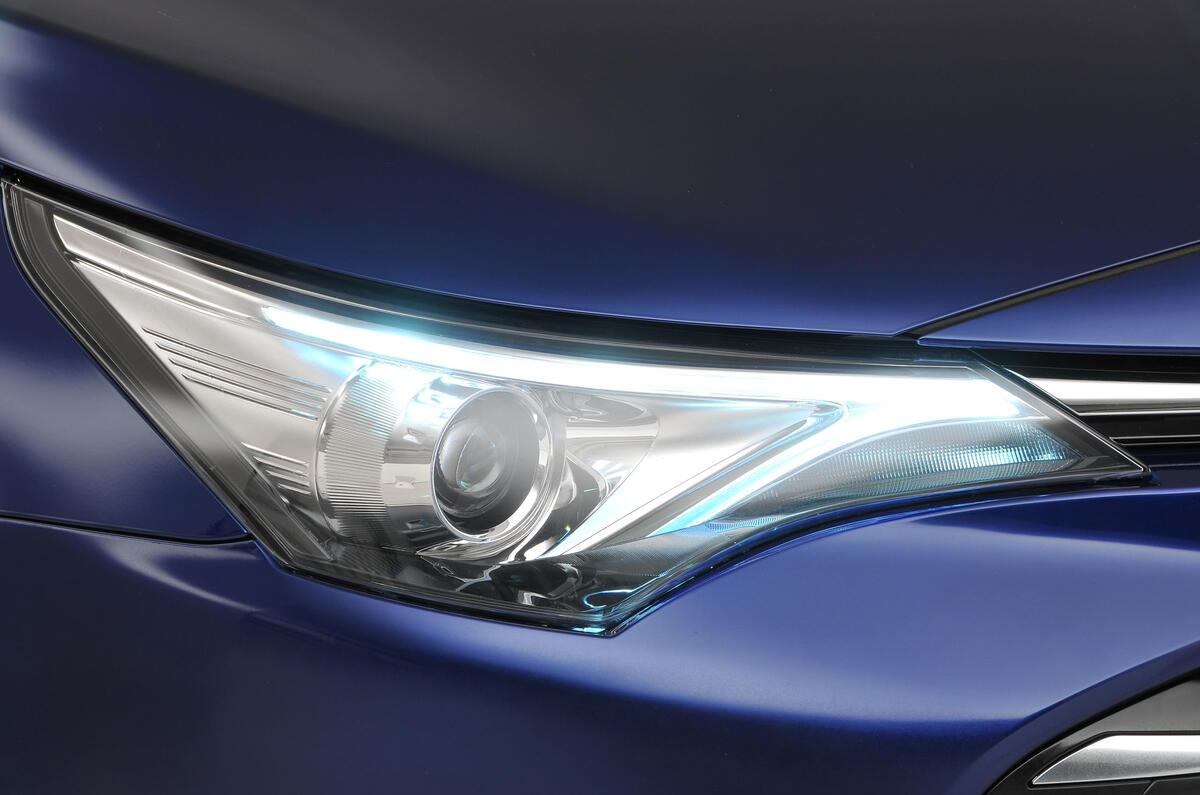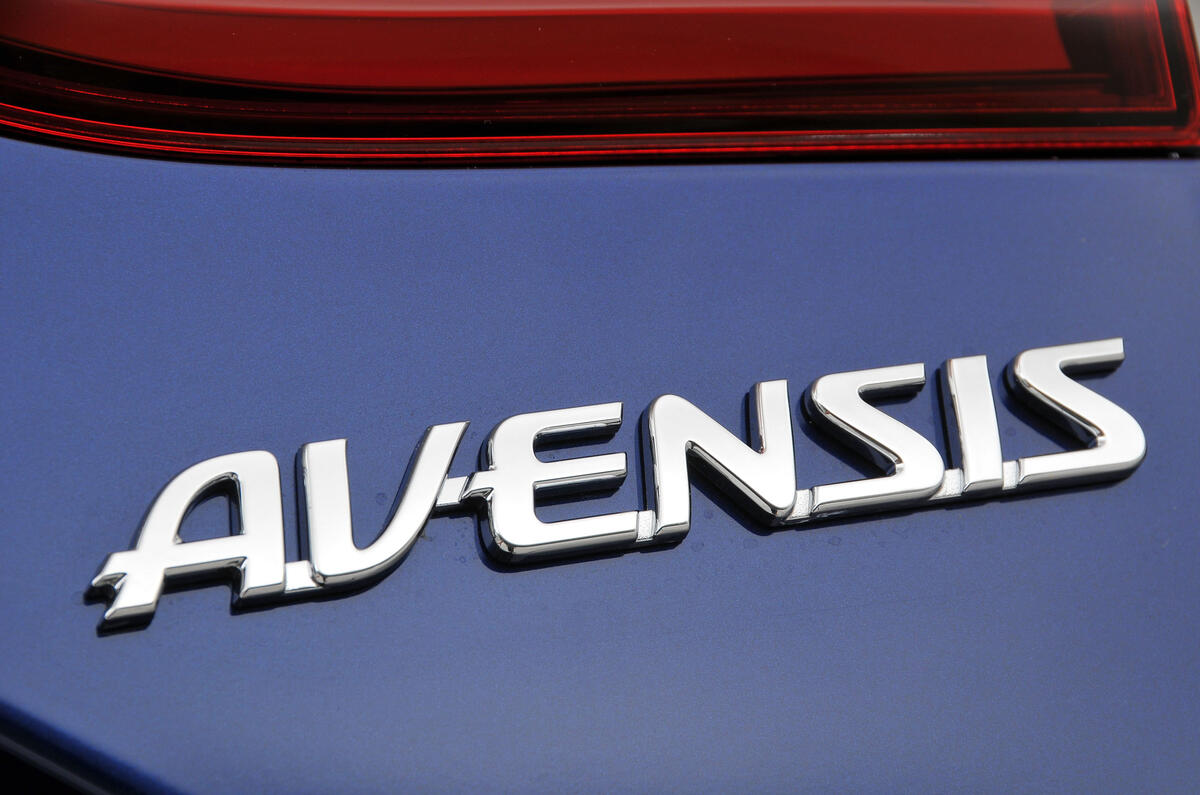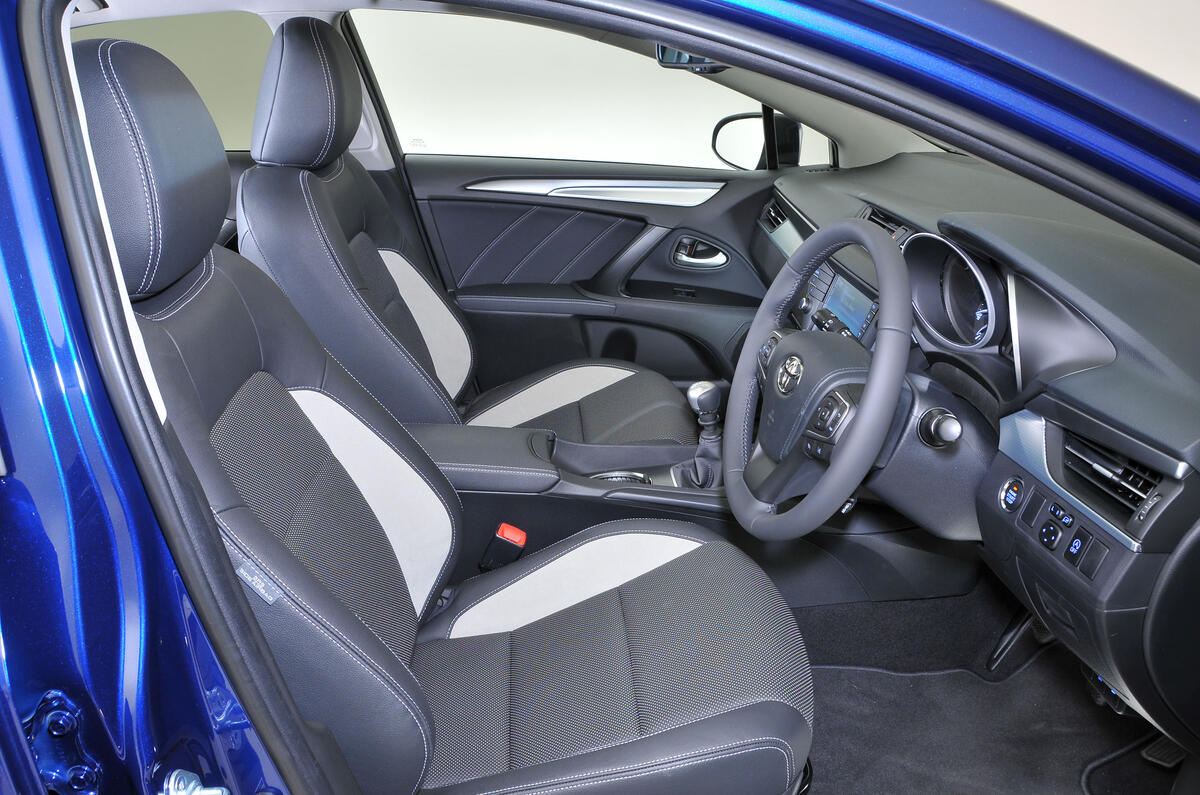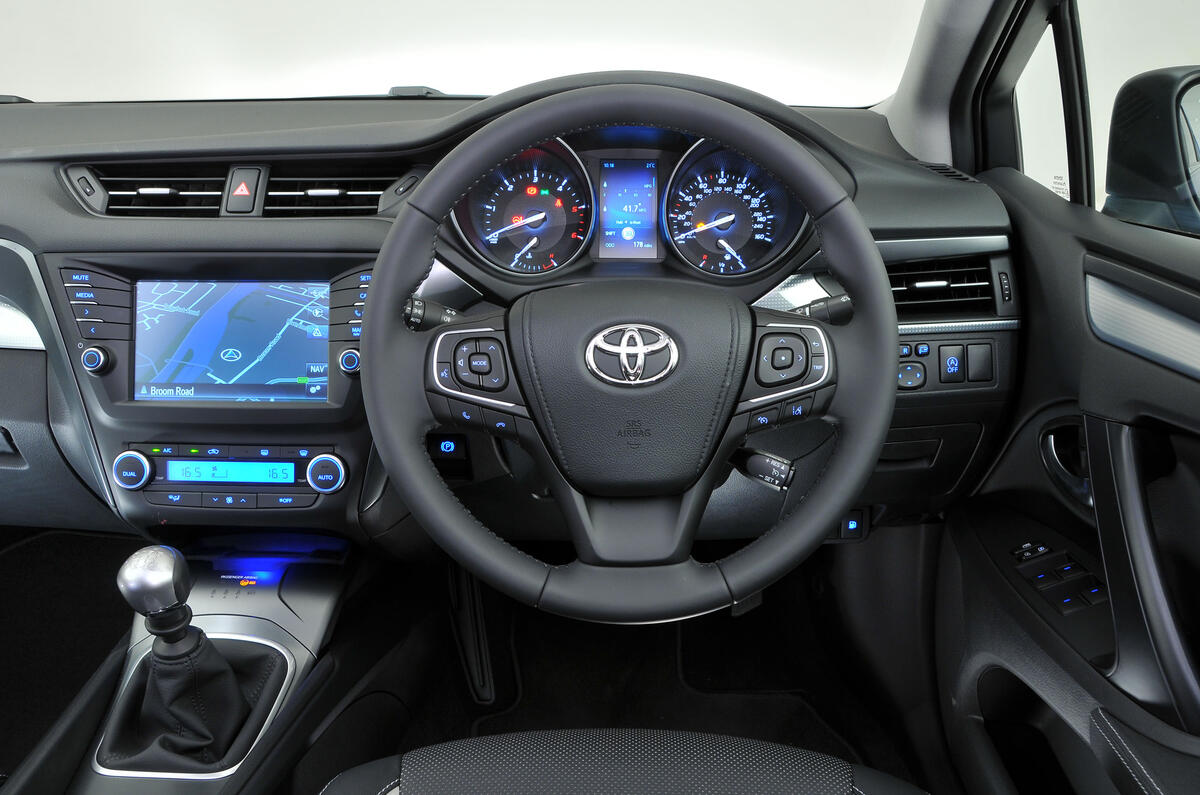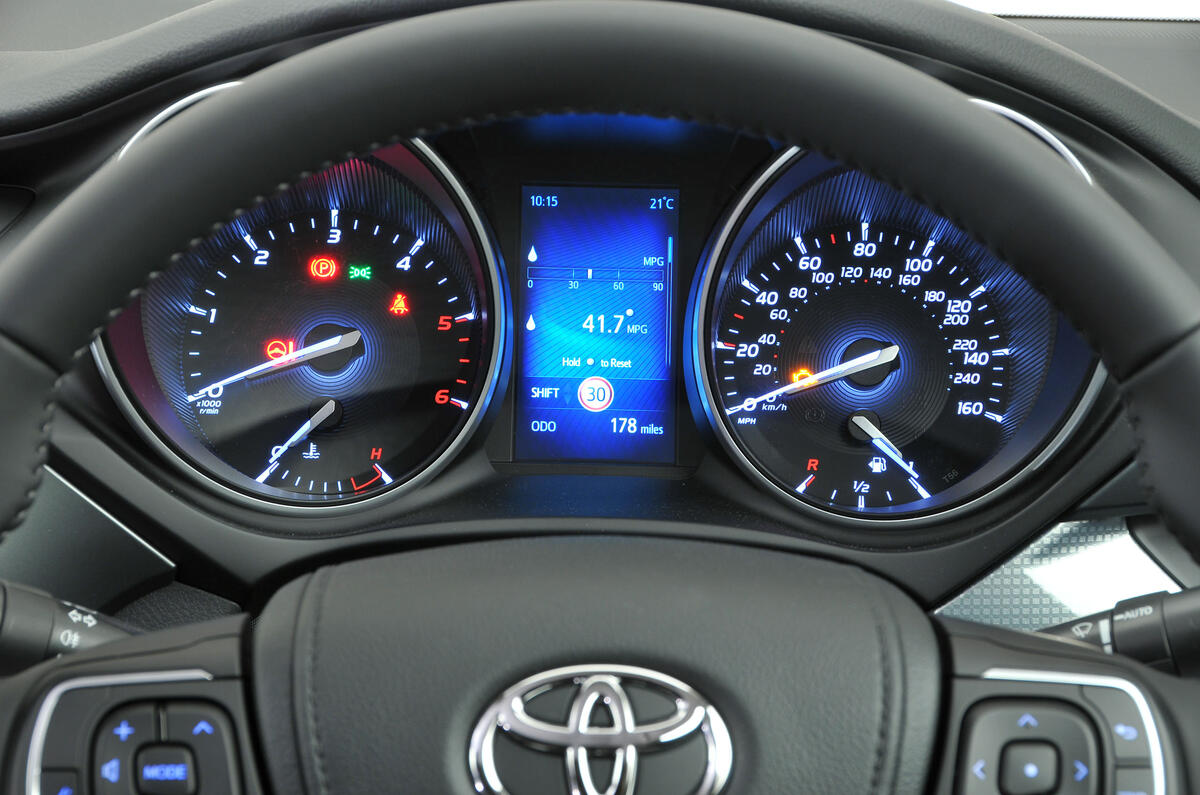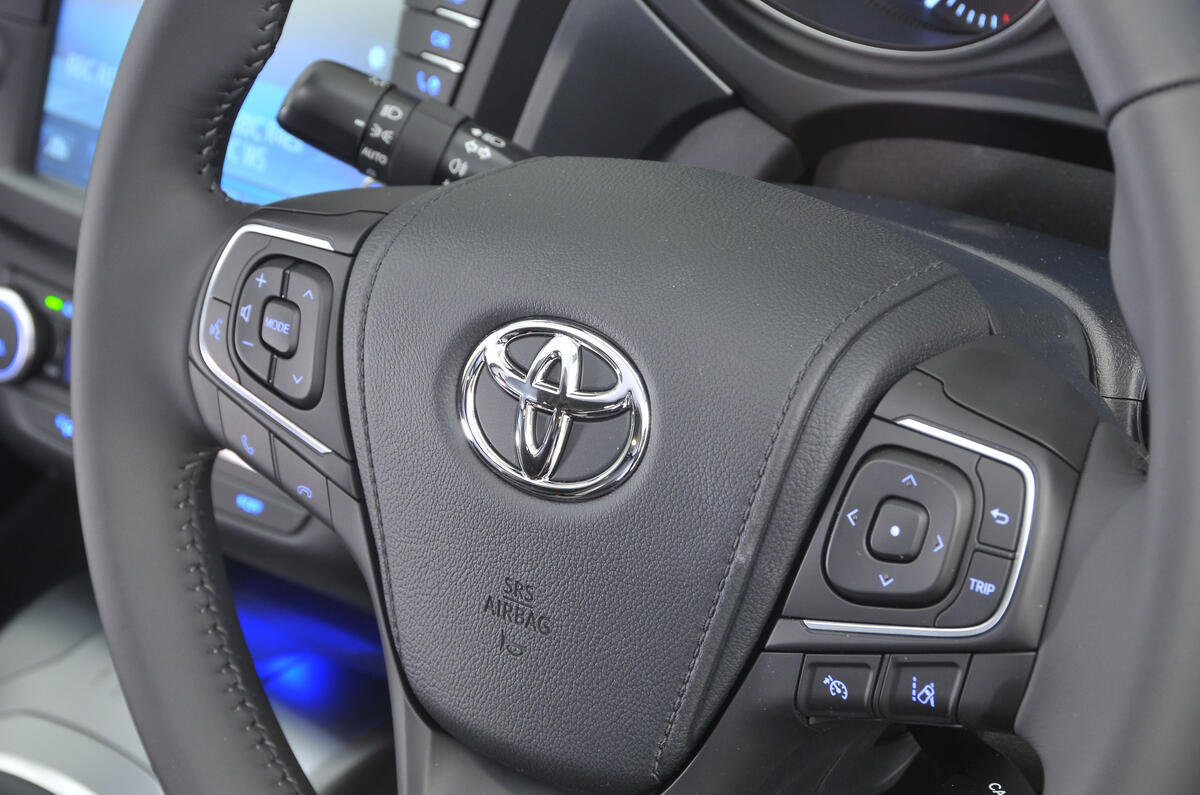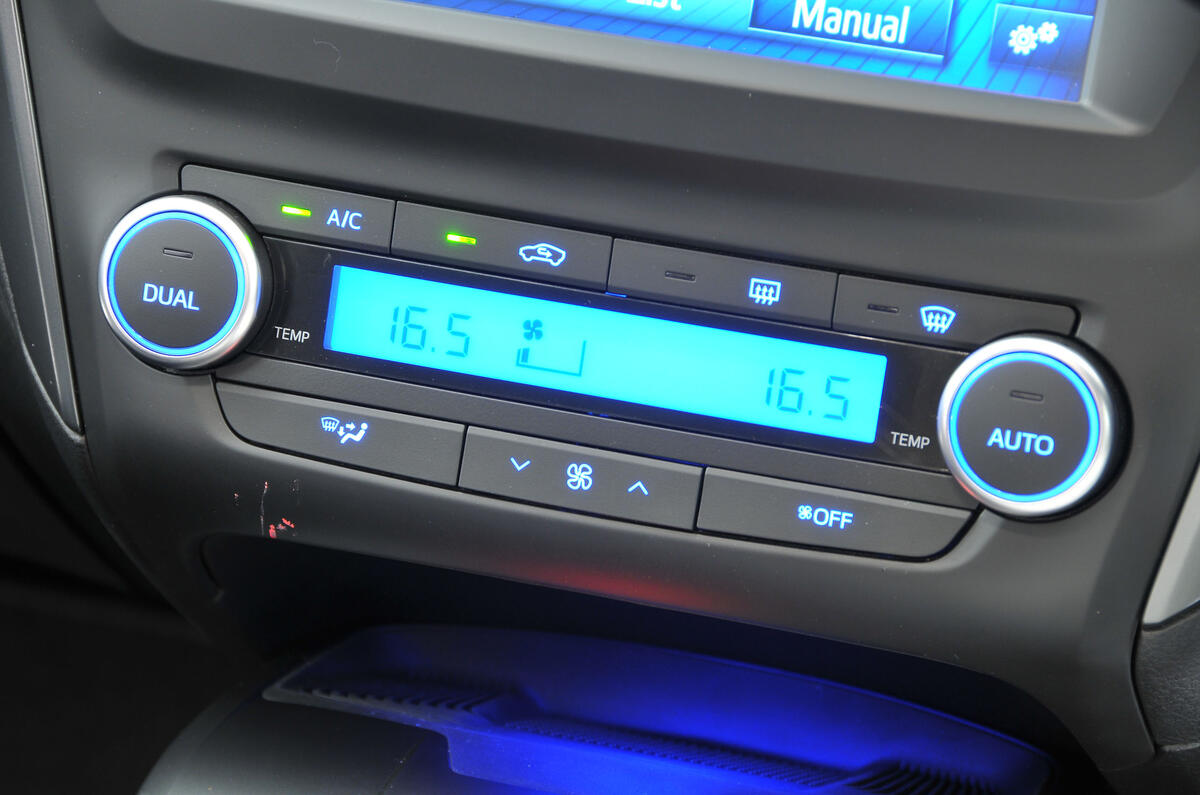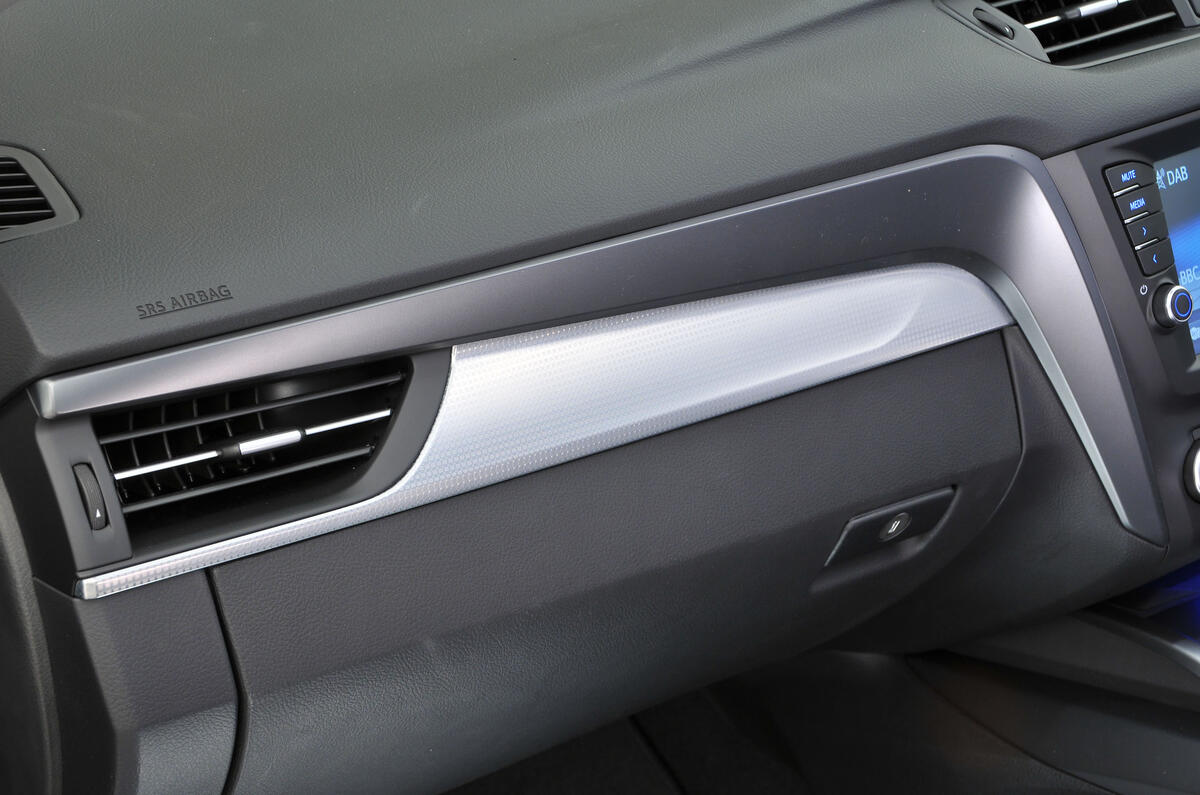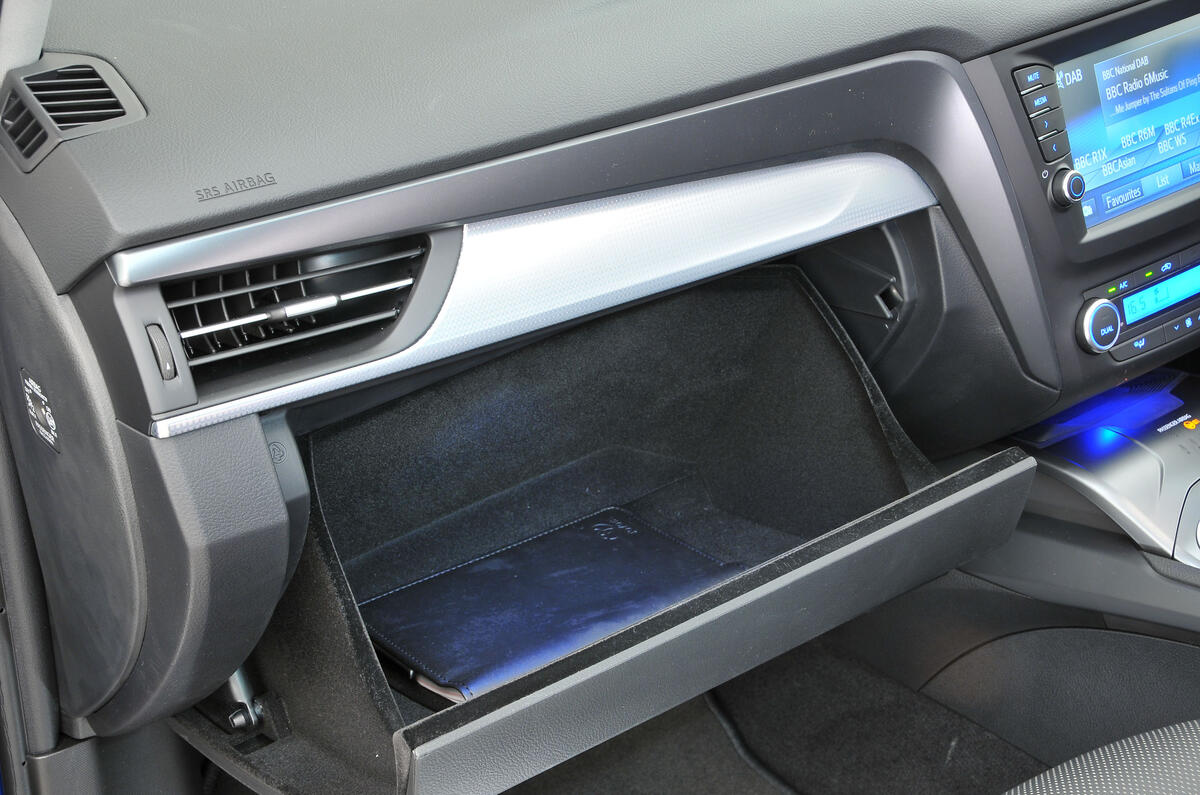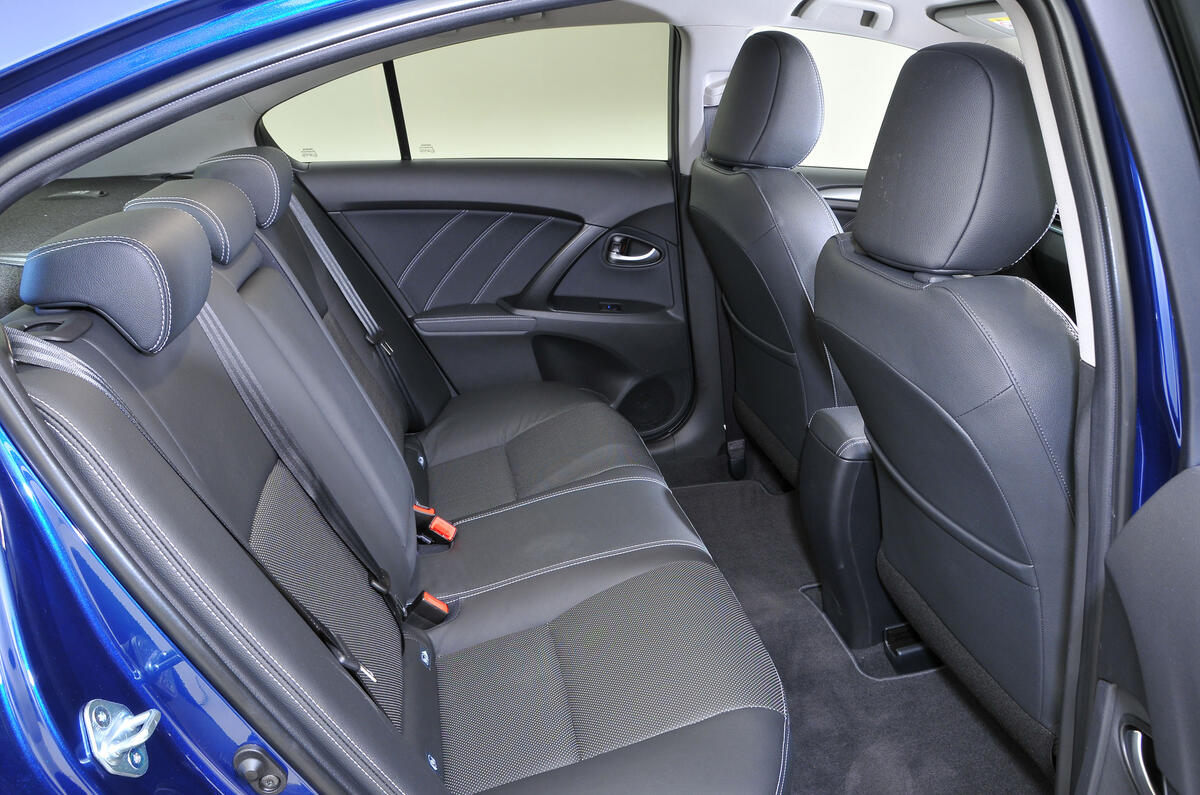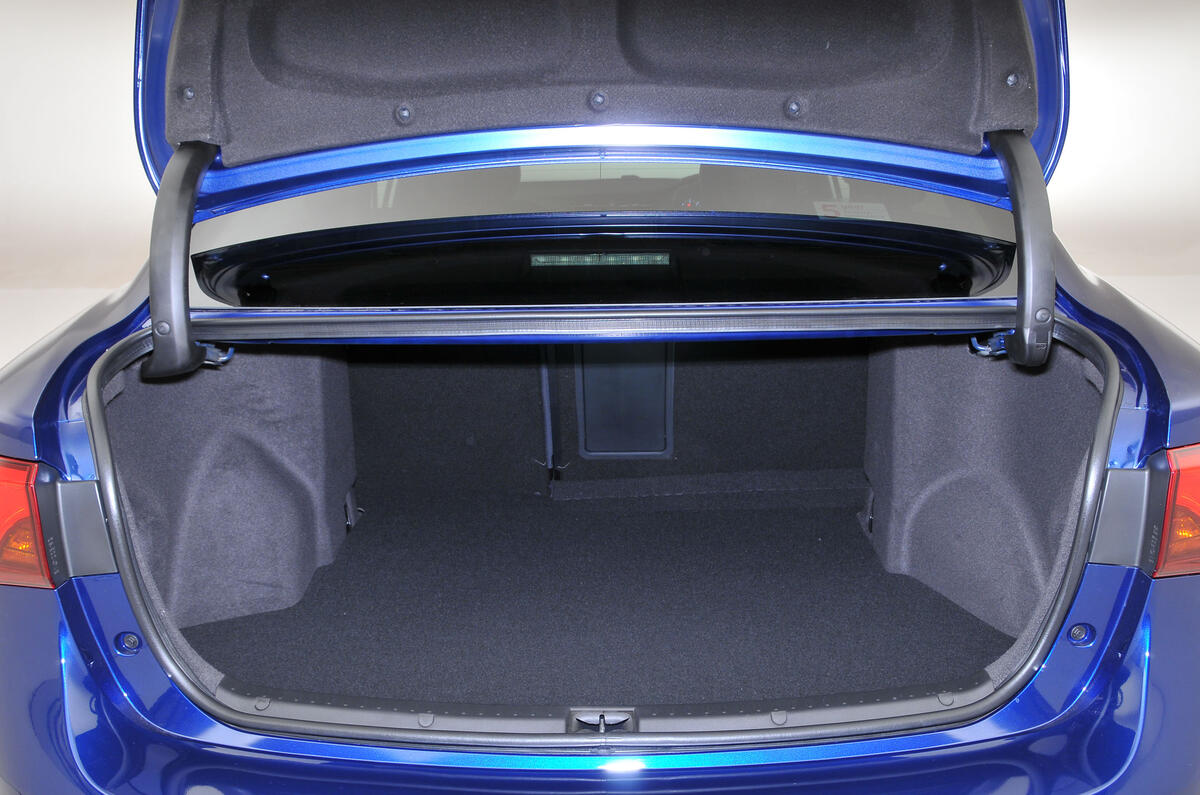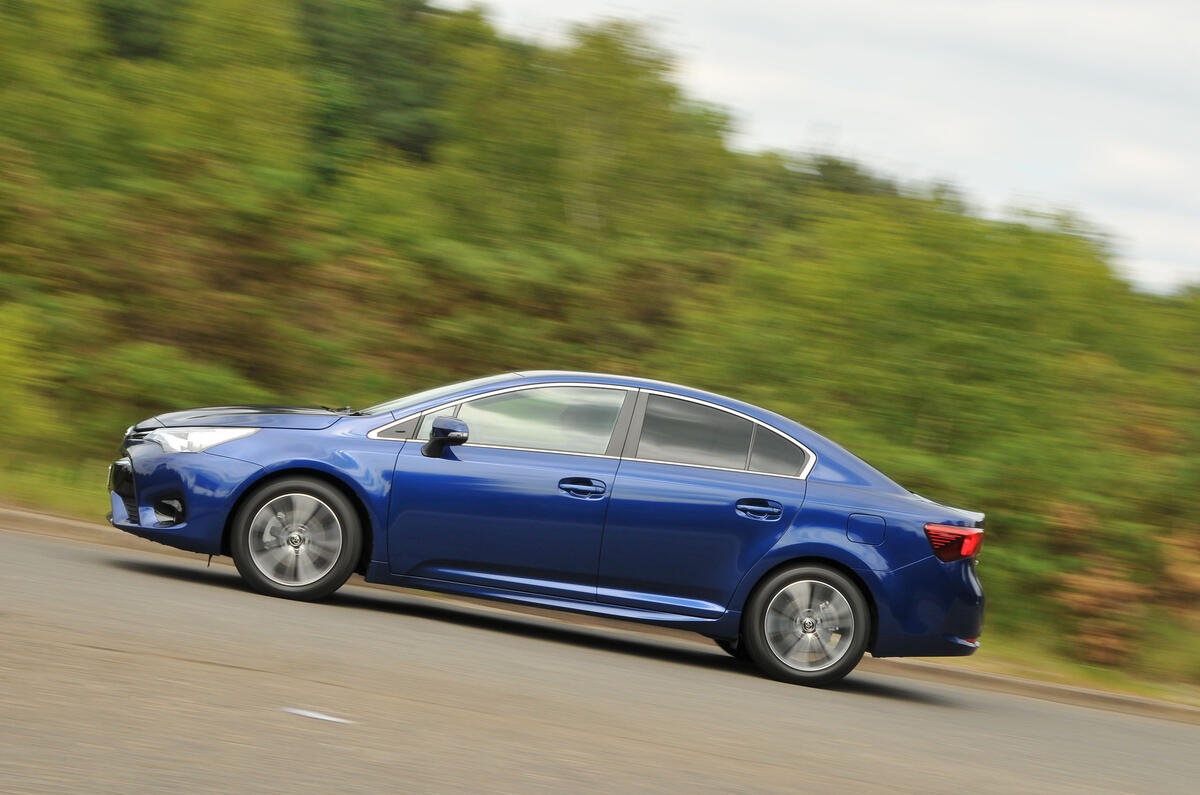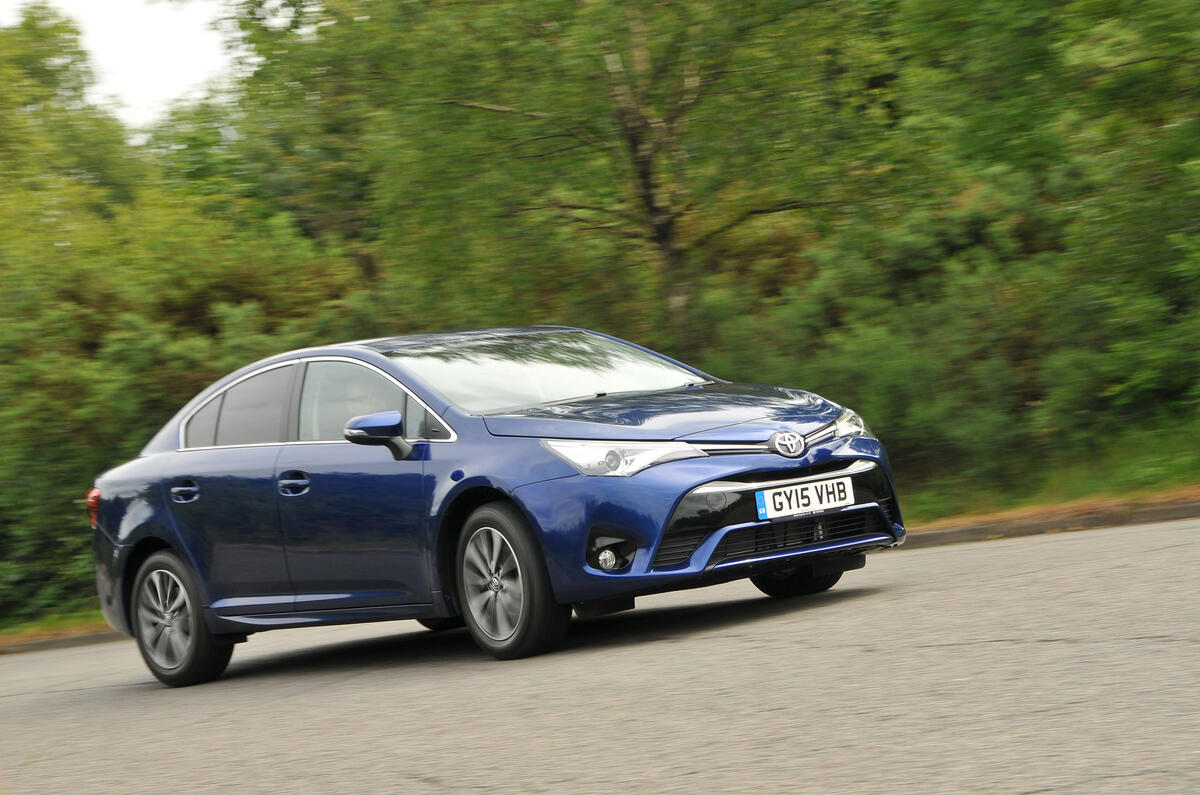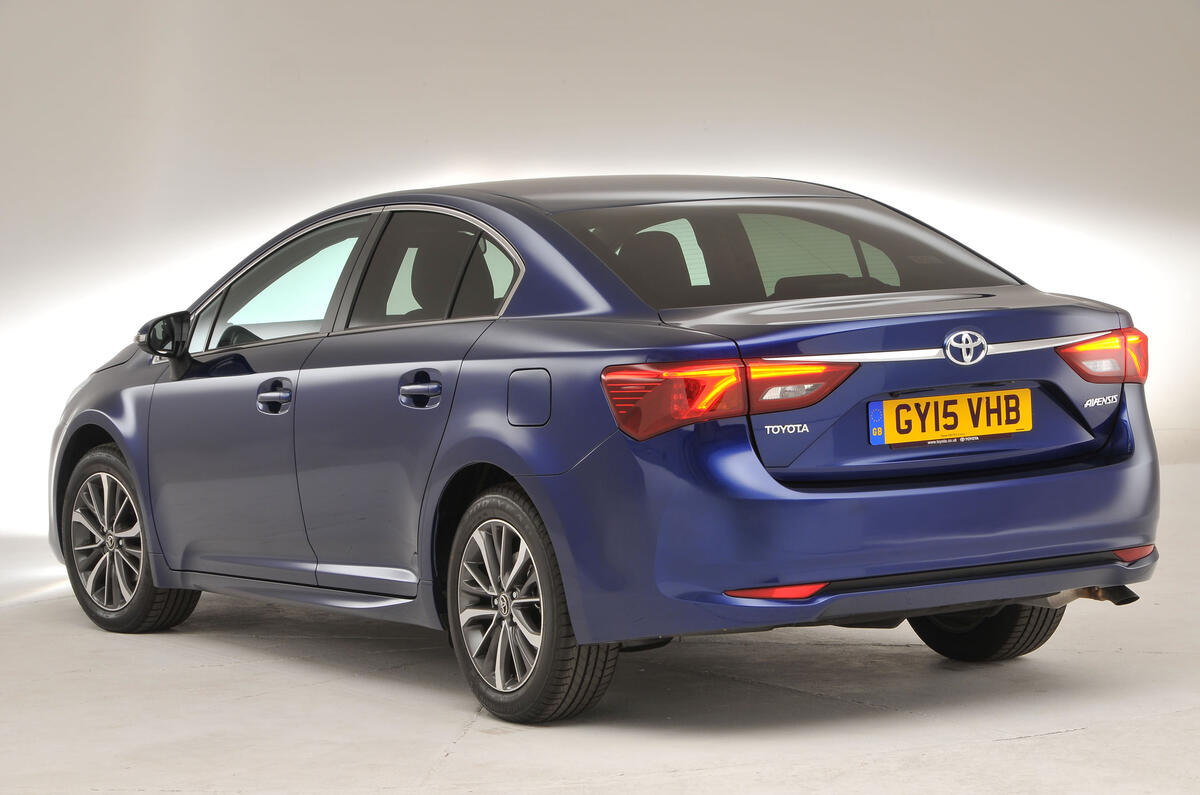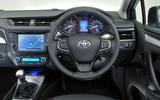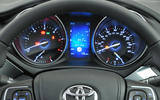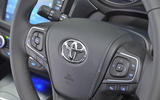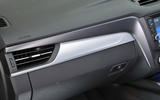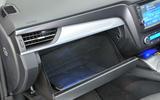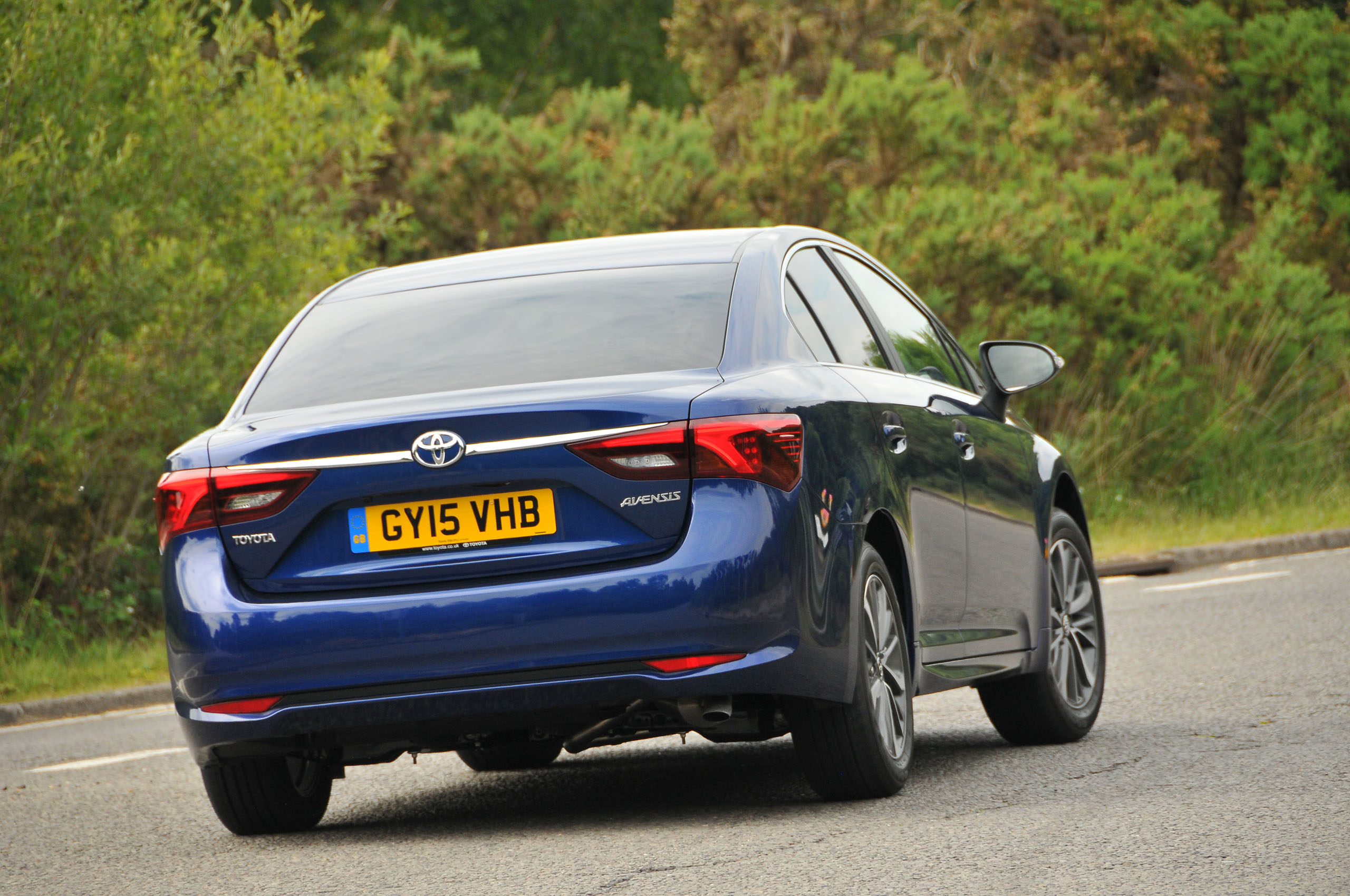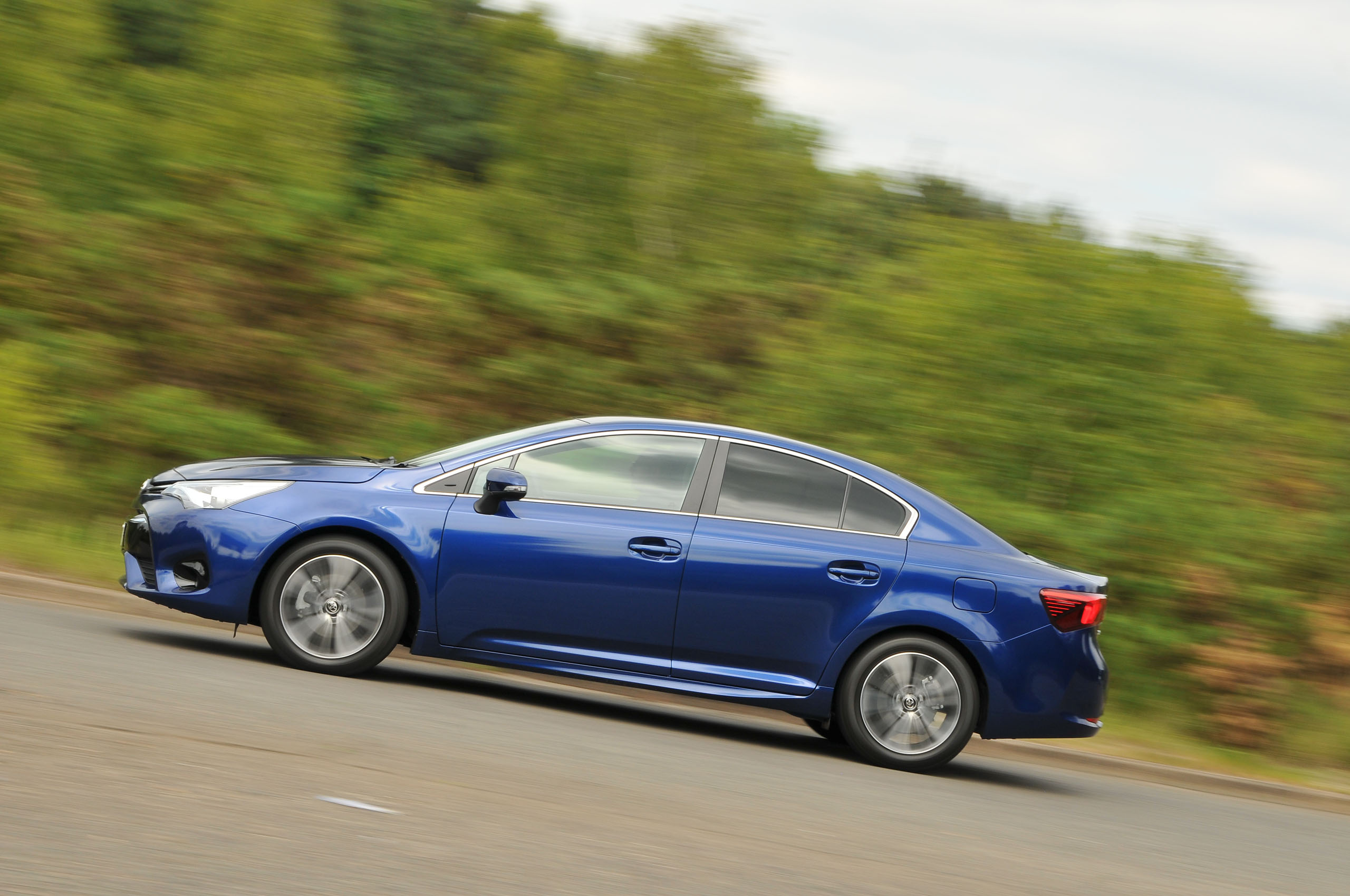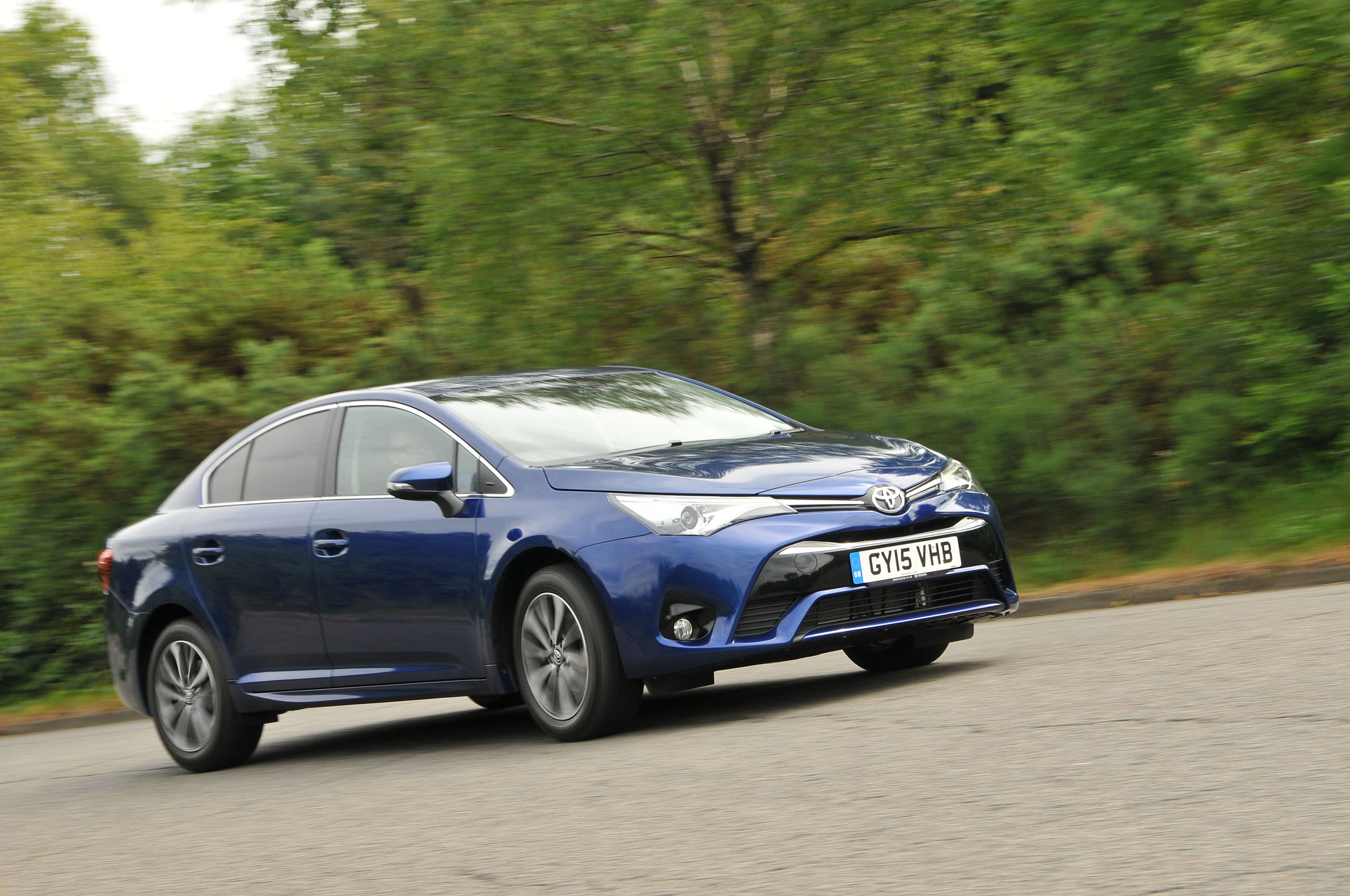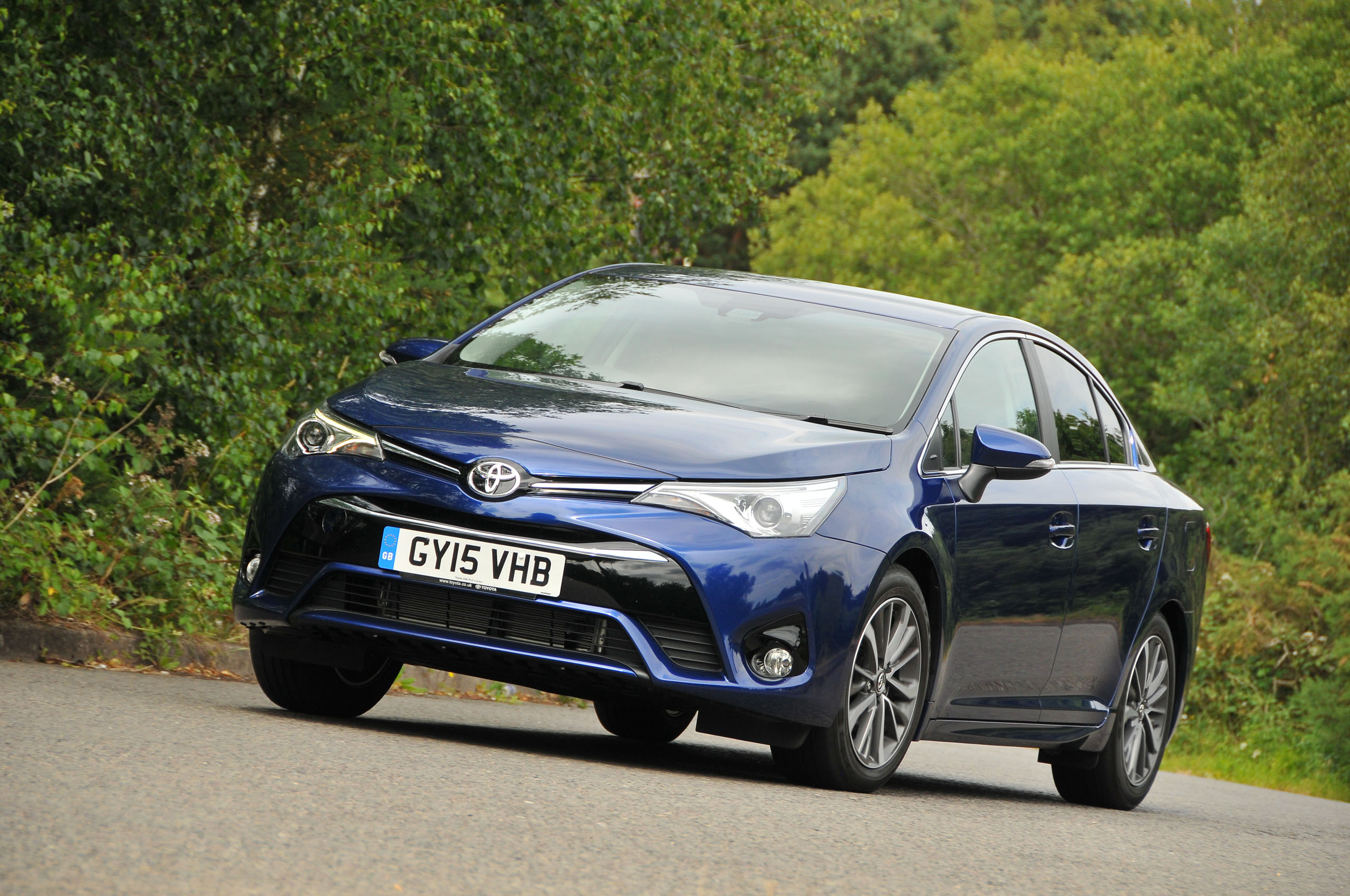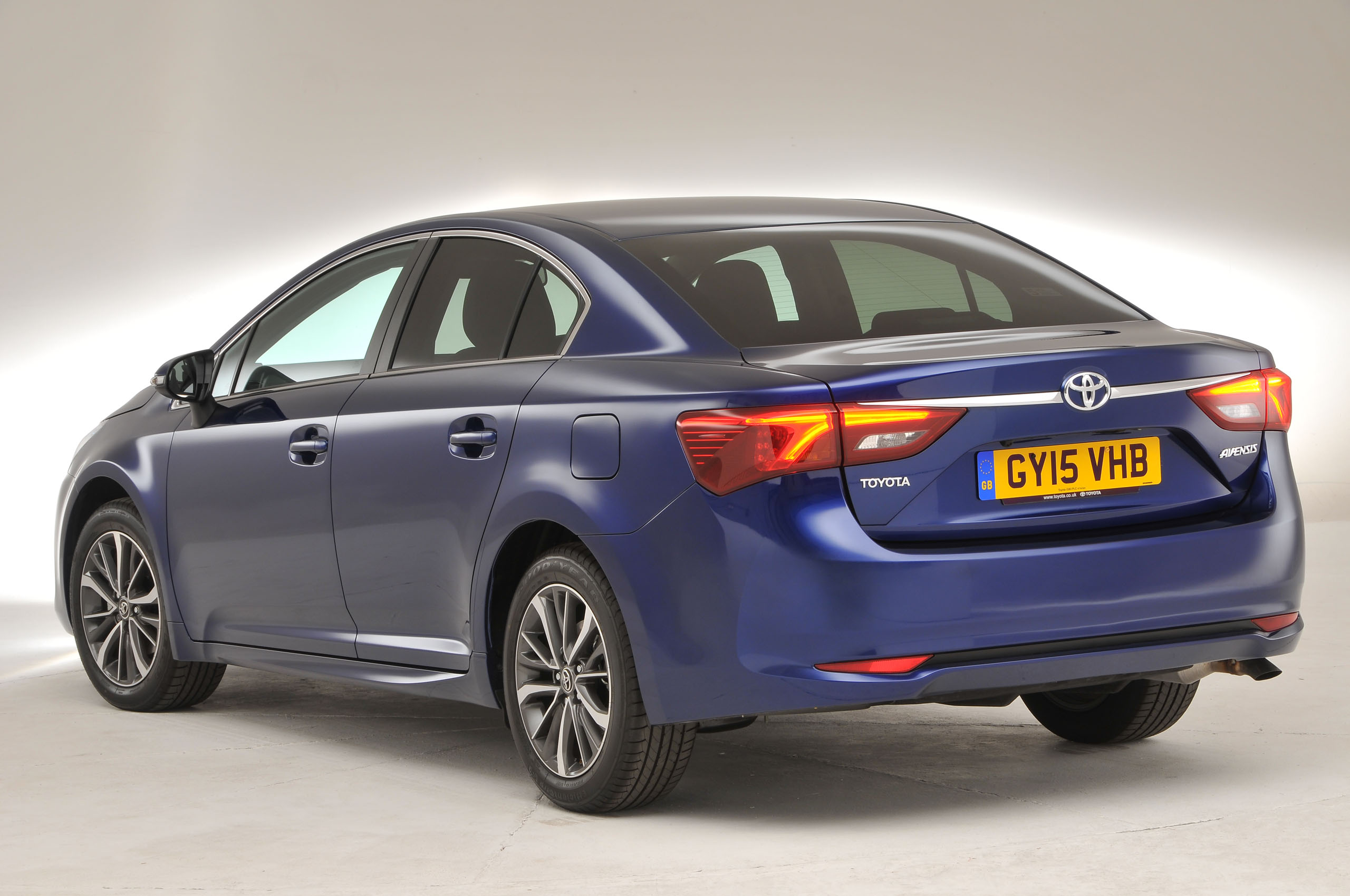A mate had a Toyota Avensis once – the first-generation model launched in 1997 and just nine months old. He wanted it because his father had owned two and swore by them.
Of course, it suited his father because he was at an age where a car’s reliability mattered more than its badge.
It suited my mate for a couple of years too, until he became bored with it and replaced it with a new BMW 320d Coupé, which, incidentally, suffered a failed turbo within weeks of him taking delivery.
Any car can suffer a component failure, of course, but my friend’s and his father’s firm belief in Toyotas never suffering so much as a rattle is shared by many car buyers.
To such people, a Toyota is the hero on their driveway. And with the third-generation Avensis, on sale from 2009 to 2018, Toyota strove to reward their faith with the best-engineered version to date.
It was built at Toyota’s factory in Burnaston, Derbyshire, and offered in saloon, estate and, for a time, hatchback bodystyles. Rivals included the Ford Mondeo and Vauxhall Vectra – the Ford a close match for the Toyota in terms of reliability but streets ahead of it in driving pleasure.
Inside and out, the Mondeo was also better looking. In reply, the Avensis was quiet, comfortable, nicely finished and reasonably roomy.



